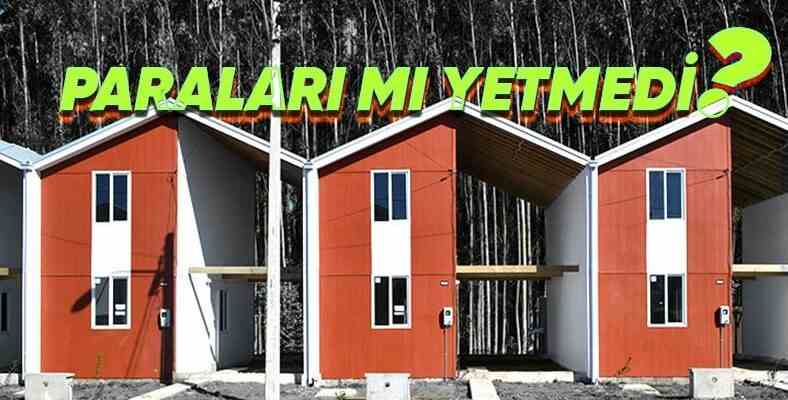Unfortunately, earthquakes and tsunamis are some of the first things that come to mind when we say “Chile”. Because throughout history, there have been many large and destructive earthquakes in the country. But the Constitución, built after one of these disasters, was exemplary in many ways.
Again on February 27, 2010, at 03:34 local time, Chile was shaken by an 8.8 magnitude earthquake for about 3 minutes. What turned the earthquake into a ‘destructive disaster’ was the tsunami that came 18 minutes after the earthquake. What the earthquake didn’t wash, the tsunami didThe coastal part of the country was largely submerged.
President of the time, Michelle Bachelet, announced the death toll as 723, but 800,000 people were affected. The material damage was much greater. 4013 schools, 79 hospitals, and 370,000 homes were damaged or destroyed. The cost of the destruction caused by the earthquake and the tsunami that followed was more than 30 billion dollars.
One of the cities that suffered the most destruction was Constitución in the Maule region.
About a quarter of the nationwide devastation occurred in Constitución. People in the area in the middle of a destroyed city 5 days without electricity and 20 days without water would stay. Because the waves, reaching up to 6 meters in height, destroyed everything.
Located on the river bank of Constitución There were hardly any buildings left in La Poza that were not destroyed. More than 100 families had lost their homes. It was an undeniable fact that action had to be taken as soon as possible.
The target for replanning the city was 100 days and work started immediately.
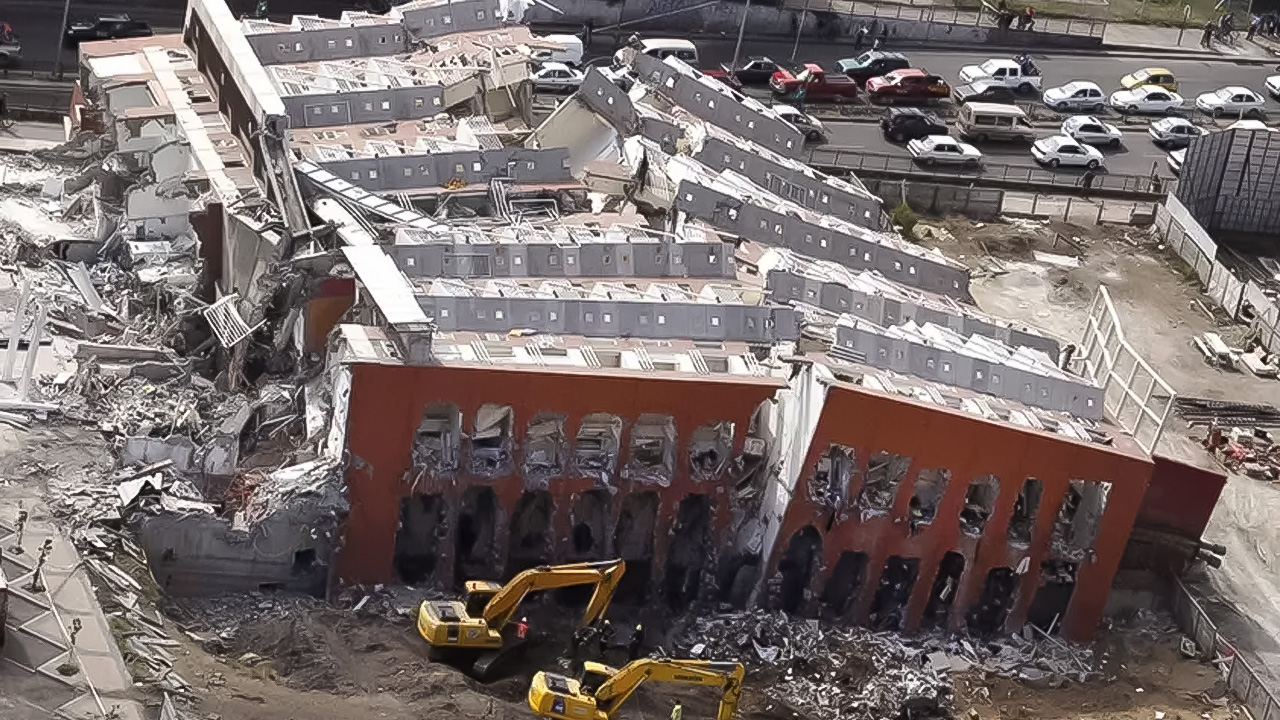
Appointed as undersecretary of housing just before the disaster, Andrés Iacobelli was faced with a difficult task before he could enjoy his seat. He was aware of the need to get support from the private sector. He met with Arauco, the city’s largest forestry firm, and his friend, Alejandro Aravena, from Elemental companies that specialize in social housing projects.
The Arauco company has agreed to provide financial support for the “Sustainable Reconstruction Project” (Spanish abbreviation PRES). Elemental, on the other hand, would take care of the housing plan, keeping the plans running smoothly. La Poza would either be rebuilt jointly or the people living in the area would be resettled elsewhere. However These two possibilities divided the people.; While one part was willing to move from La Poza, another part did not want to give up their living spaces close to the river region.
For this reason, first of all, it was necessary to gain the trust of the people. There were many question marks.
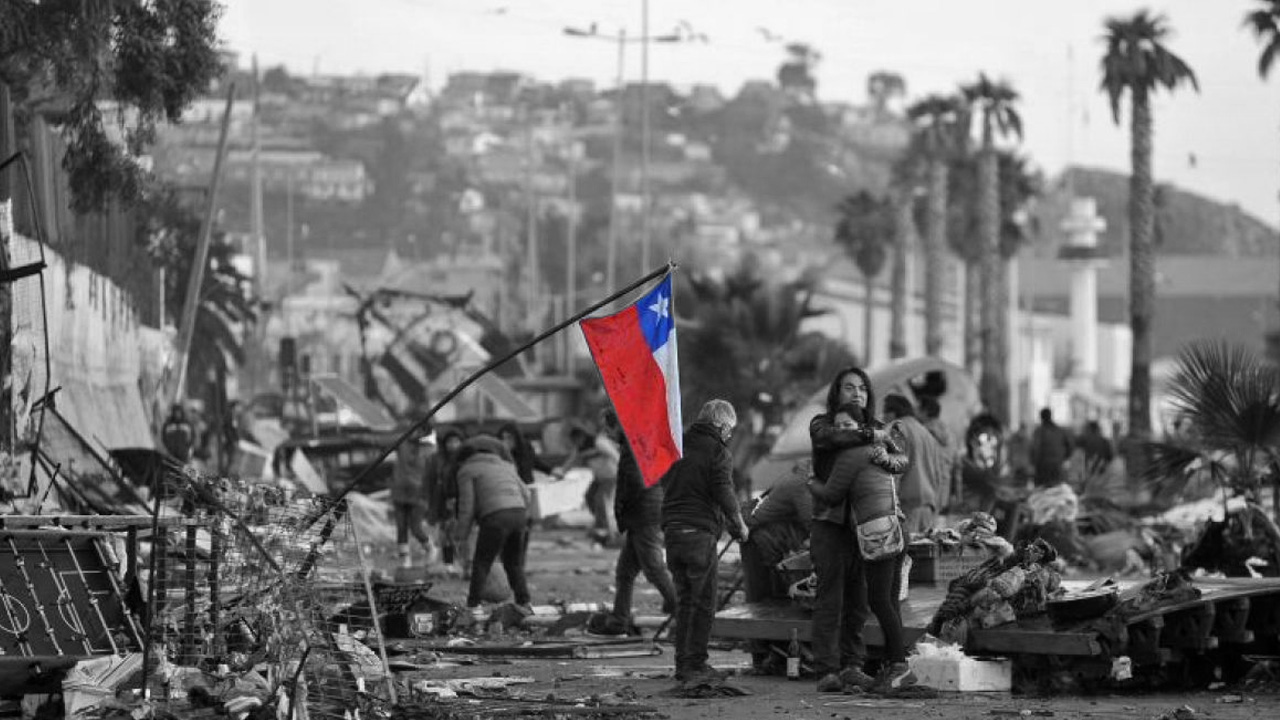
The project called “PRES”, in which La Poza will be restructured, has a total A budget of 150 million dollars was allocated and 70% of it was covered by the state. The participation of private companies in the project and the large sums in the middle also caused question marks among the public. Would that money really be spent on purpose?
The government and companies involved in the project are trying to address this concern. It had to be as transparent as possible. The biggest step in this regard has been taken through Elemental.
An “open house” was installed in the town square and the details of the project would be displayed here step by step.
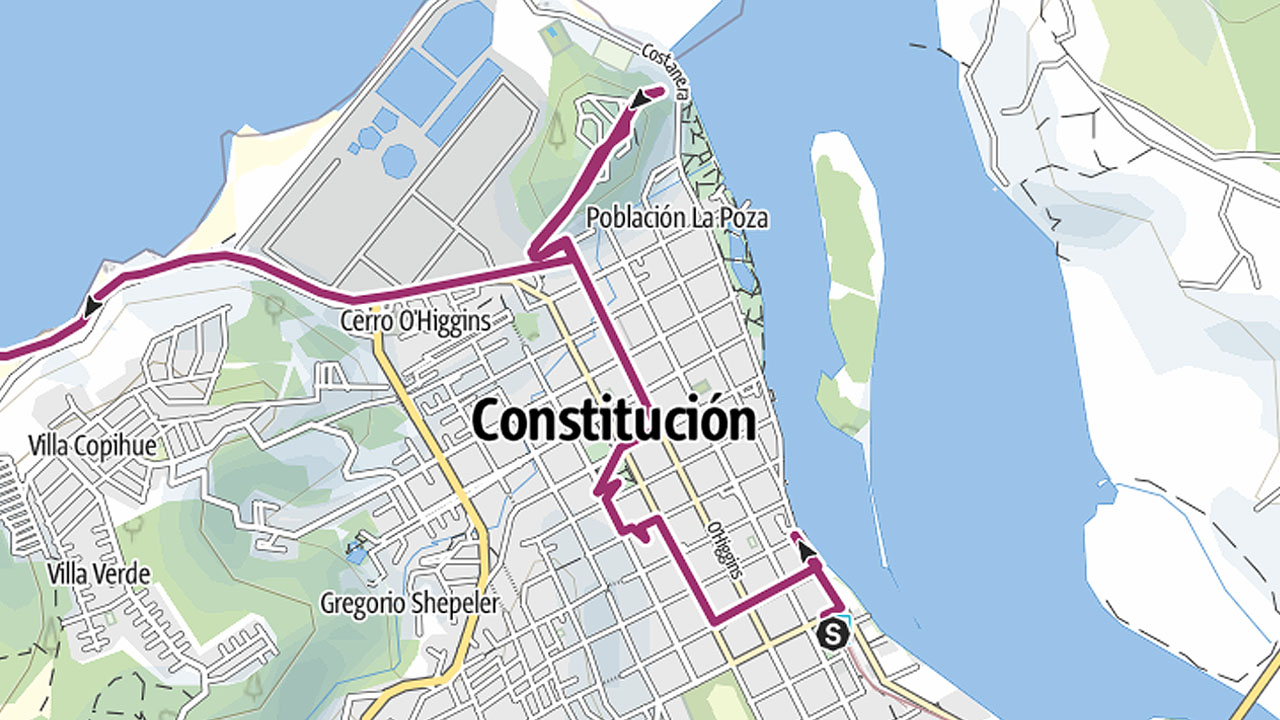
Anyone could come to this open house and say what kind of city they wanted. The problems in the city were heard from the people who lived in it. Like this the needs of the people clearly emerged. At the same time, the people He saw that his opinions were valued. and had the opportunity to follow the project. Of course, by this Confidence in the project also increased.
The tsunami was a big risk for the region, but a large part of the population first time seeing a tsunami was saying. Their biggest problem is when it rains their homes were flooded. For this reason, the project should have included measures against tsunami, earthquake and flood disasters.
Elemental company presented 3 different project proposals for La Poza.
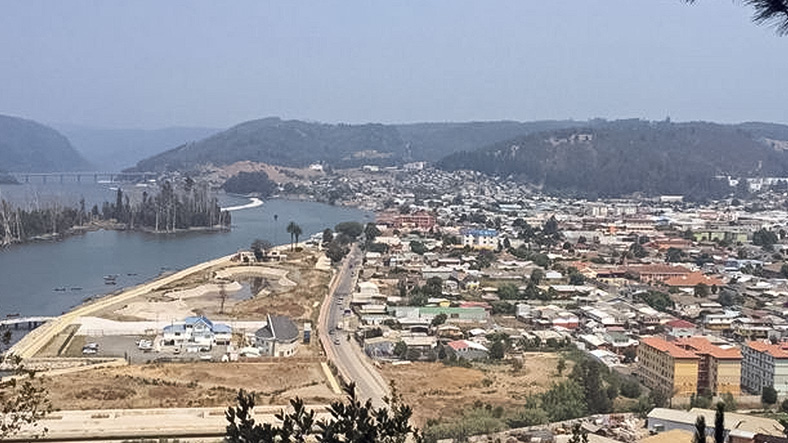
Chile before the earthquake/Constitucion
The first of these; out of the tsunami, tired lands were fallow. This was a cheap and easy method, but people had to leave their land and relocate to a different area. The vast majority did not favor this option.
The other option offered created question marks in the minds. Passing through the middle of La Poza A protective wall was to be built between the estuary and the city. But this seemed illogical in many ways. One year after the disaster in Chile, the tsunami in Japan was a proof of this. Because to Japan costing $13 billion Even the walls could not prevent the huge waves in some areas.
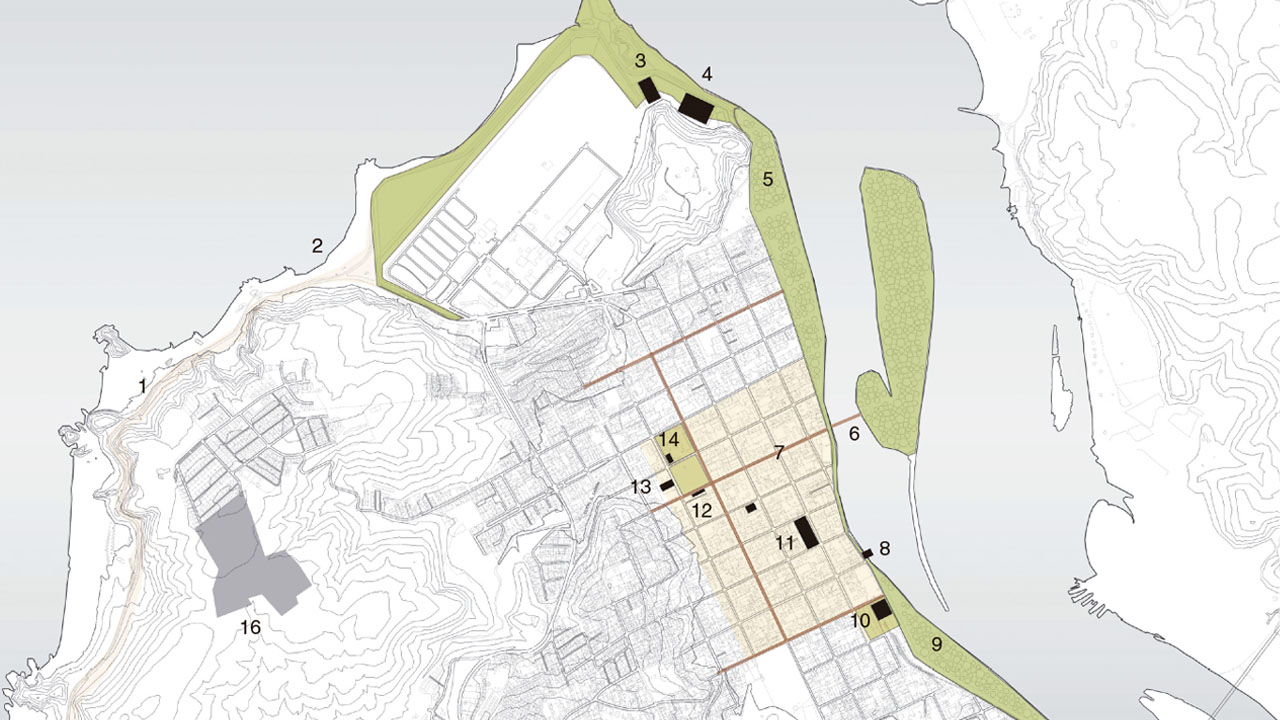
Elemental’s latest suggestion is It was to build a forest between the city and the sea. In this way, trees could slow the waves and reduce potential damage. The situation on the country’s island of Orrega was a good reference for this idea. As a matter of fact, the bushes around the island prevented further damage.
These three options were put to a public vote.
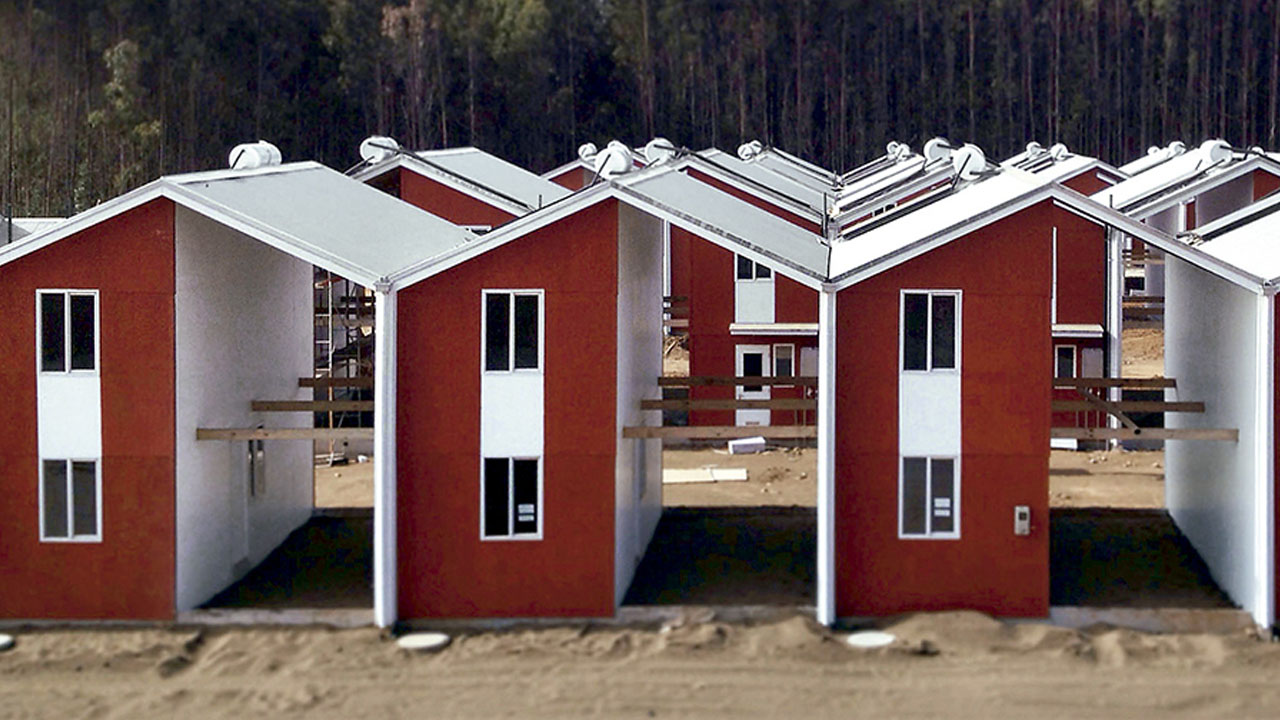
The winner was the last option offered by Elemental. Orrego Island, located opposite La Poza, was also included in the plan and together with La Poza It was nationalized by the state for $20 million.
For each house only $10k budget determined. So either the houses would be makeshifts or another solution was needed. It is a project that Elemental has tried in different regions in Chile and achieved successful results. “half house” project came to mind.
It is a project that Elemental has tried in different regions in Chile and achieved successful results. “half house” project accepted.
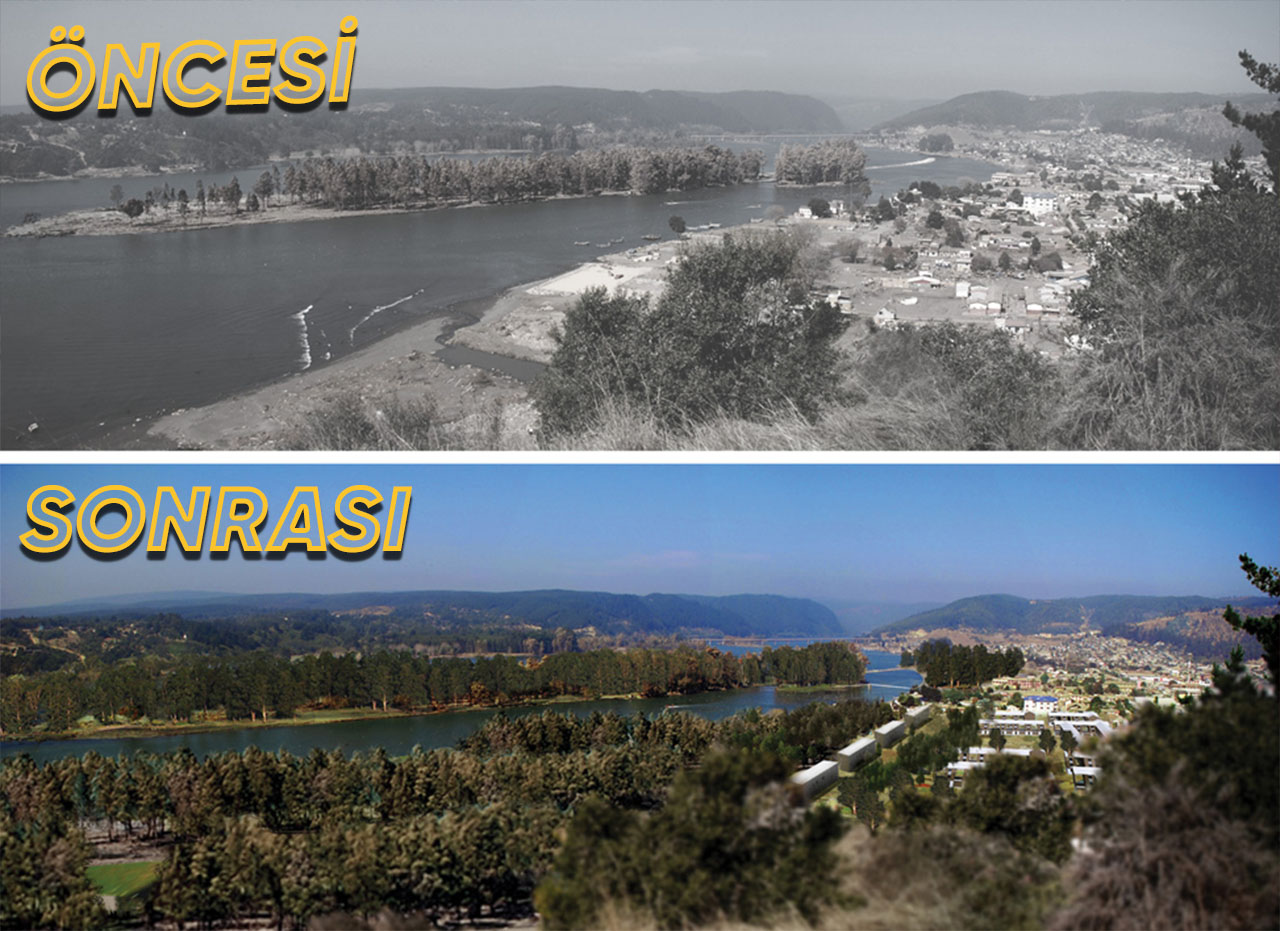
Elemental’s Alejandro Aravena’s thoughts on the project “Instead of building a bad house, we decided to build half of a good house.” expressed in his words. Thus, 40 square meters; houses with kitchen/living room, one bathroom and two bedrooms started to be done.
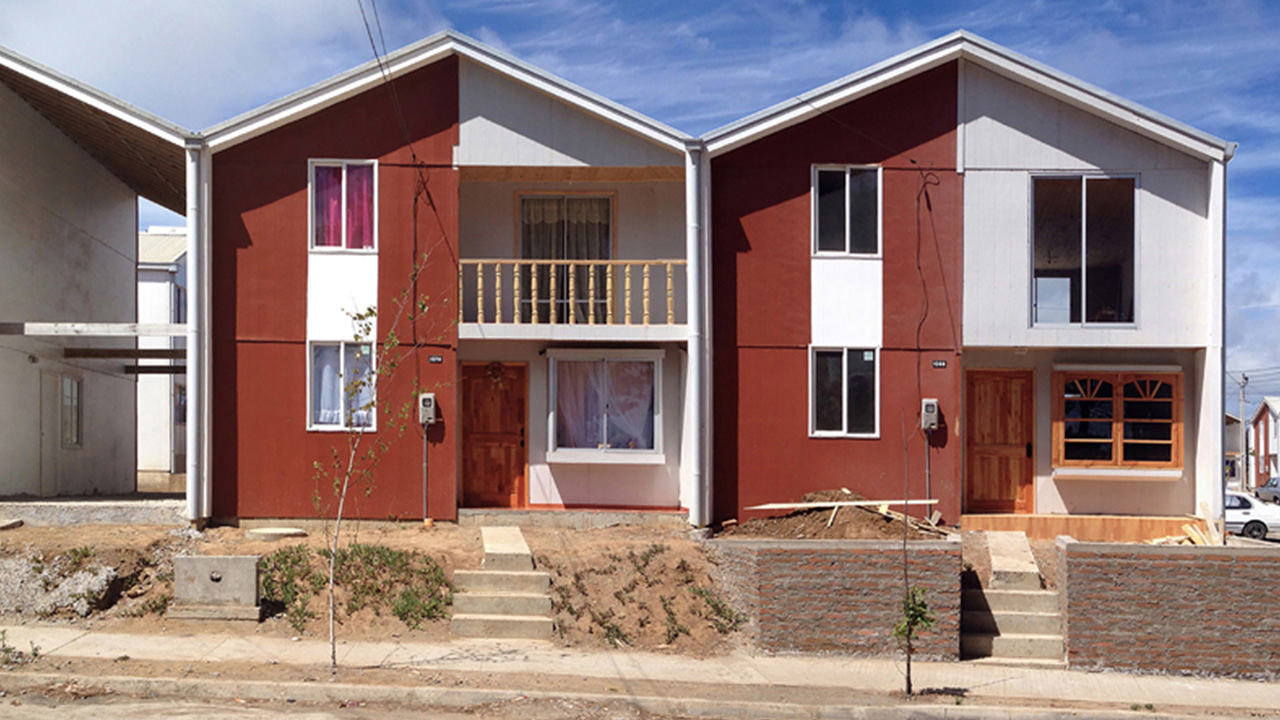
The other half of the houses left empty could be completed by the people living in them whenever they wished. in Constitución The project took more than 4 years to complete. however, in the end, the people took a sigh of relief by settling in their homes surrounded by nature. The reason why the project took so long was explained as “supports slowing down over time”.
Still, rival political party members, public and private companies for the project in cooperation It worked because that’s how it was supposed to be. A project approved by the municipality needed government approval, public adoption, and private companies support. Chile learned a lot from this disaster. Maybe we can learn something from this “rebirth” story.
Sources: the Guardian, OECD, Los Angeles Times, ResearchGate
RELATED NEWS
The Small But Safe Living Space That Has Rising In Popularity After The Earthquakes Is “Tiny House” Really Advantageous?
RELATED NEWS
Weighs Four Refrigerators: How Logic Is It to Build an “Earthquake Cabinet” in Your Home?
RELATED NEWS
Built in 8 Minutes: These “Next Generation Prefabricated Houses” Considered to Be Widespread in the Future, Are Also Disaster Resistant
RELATED NEWS
